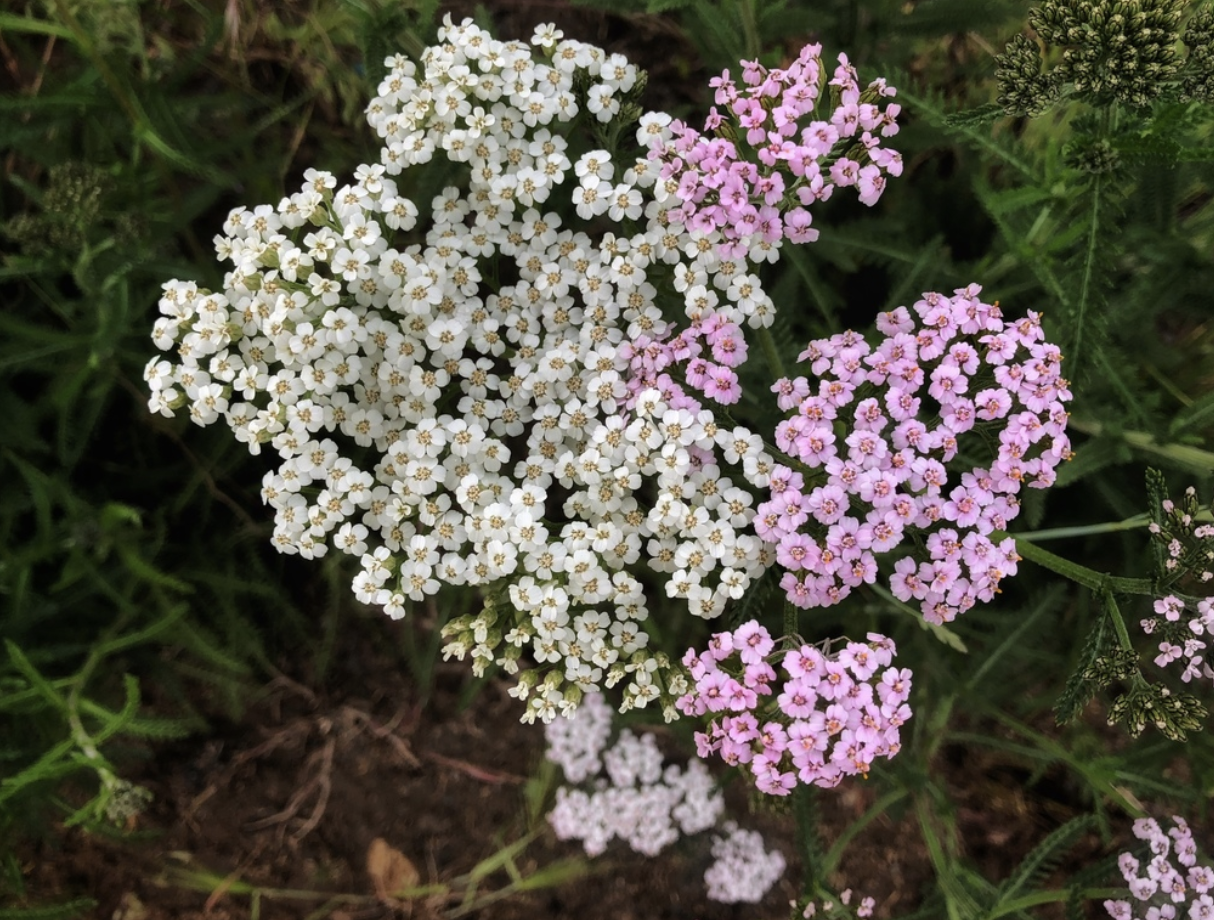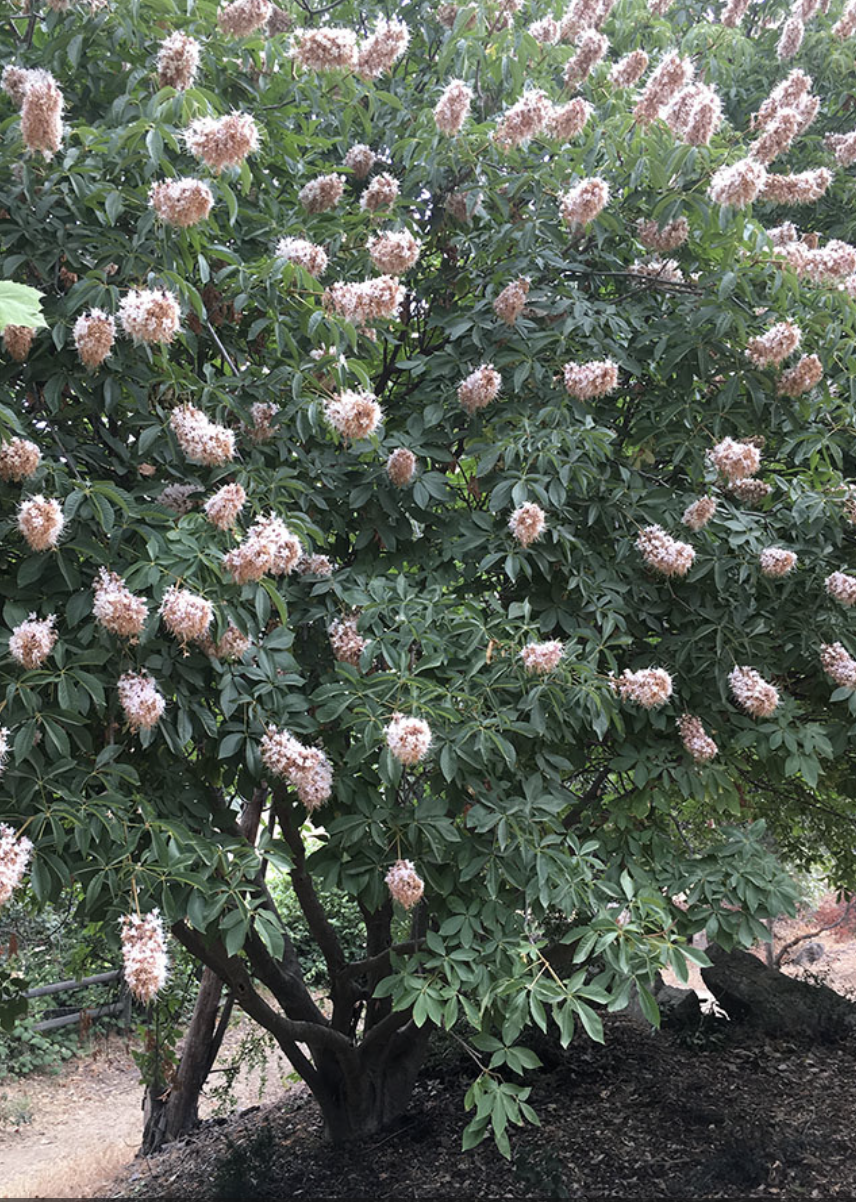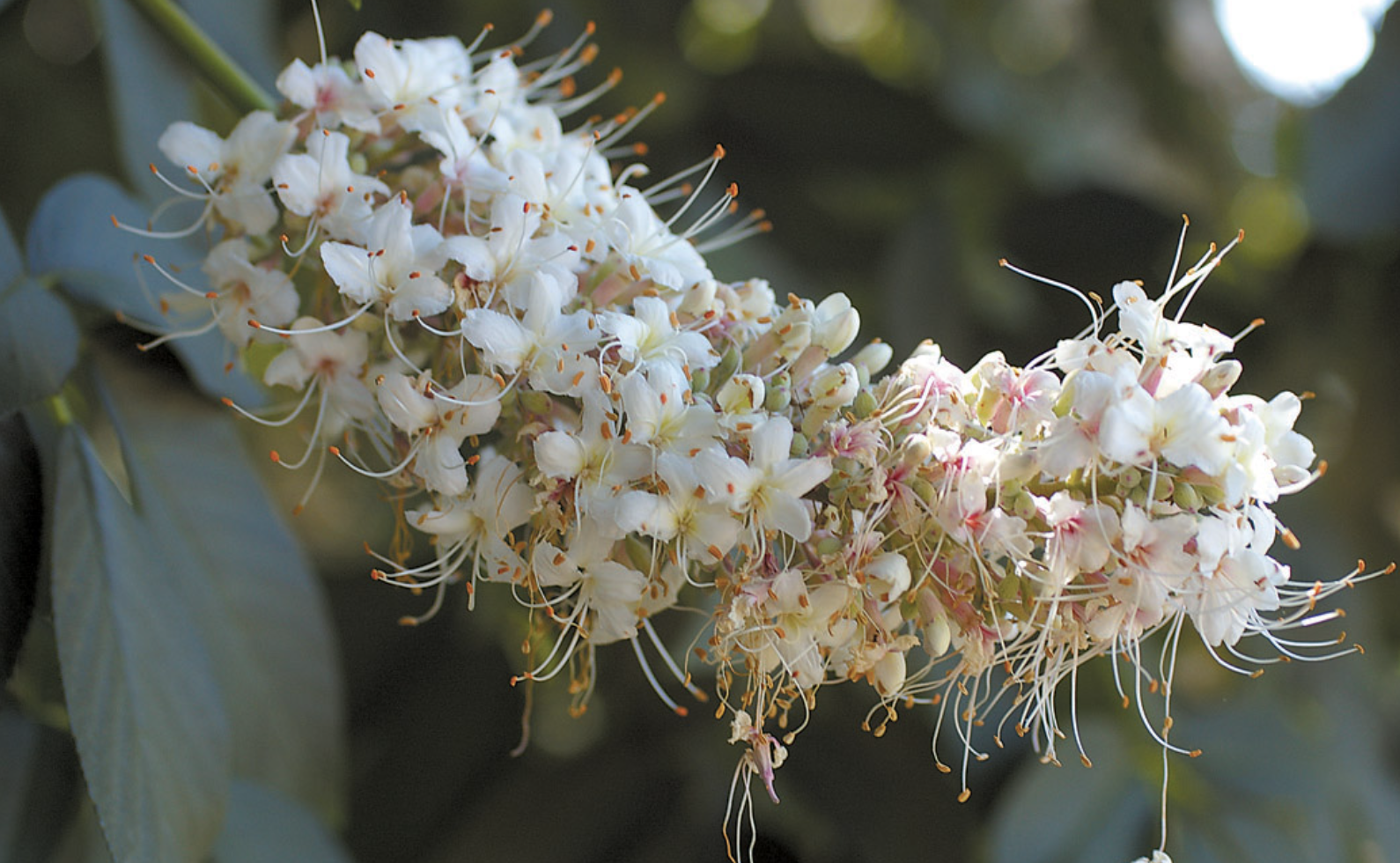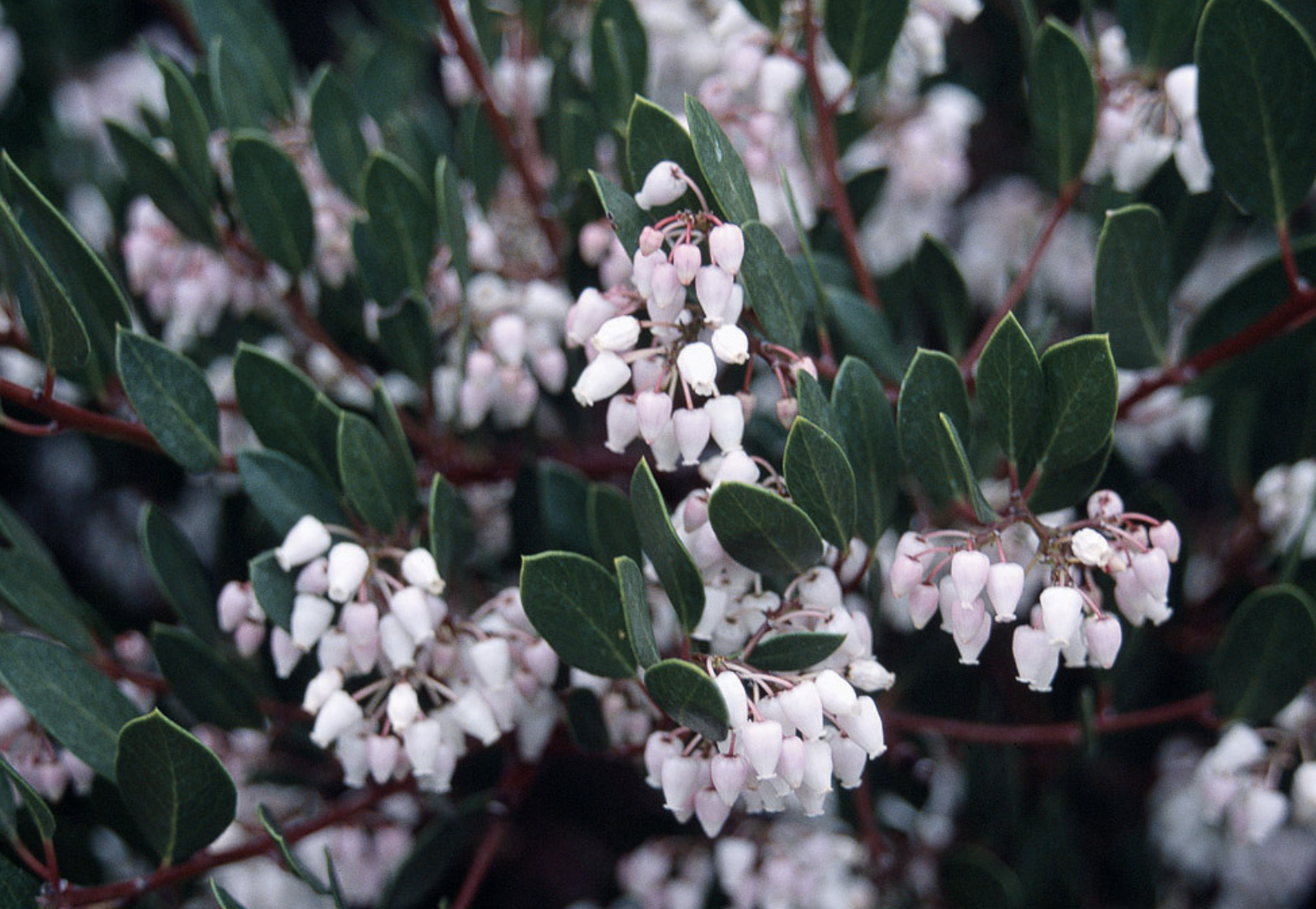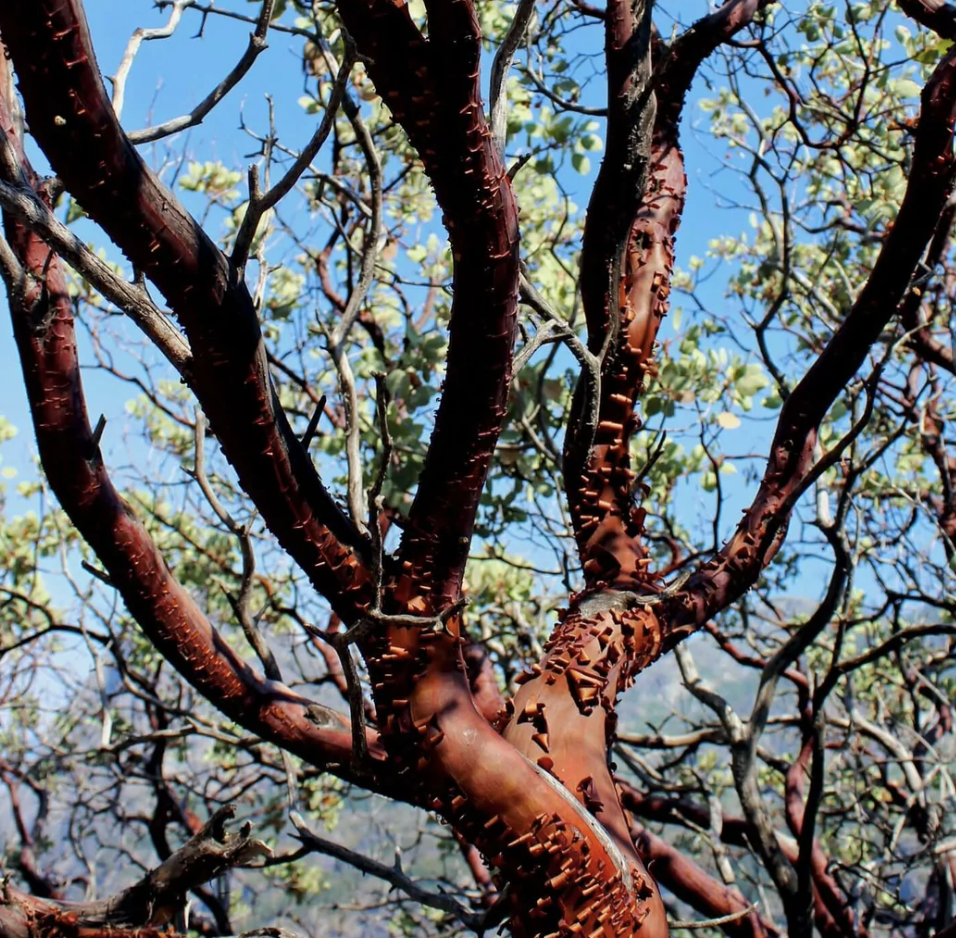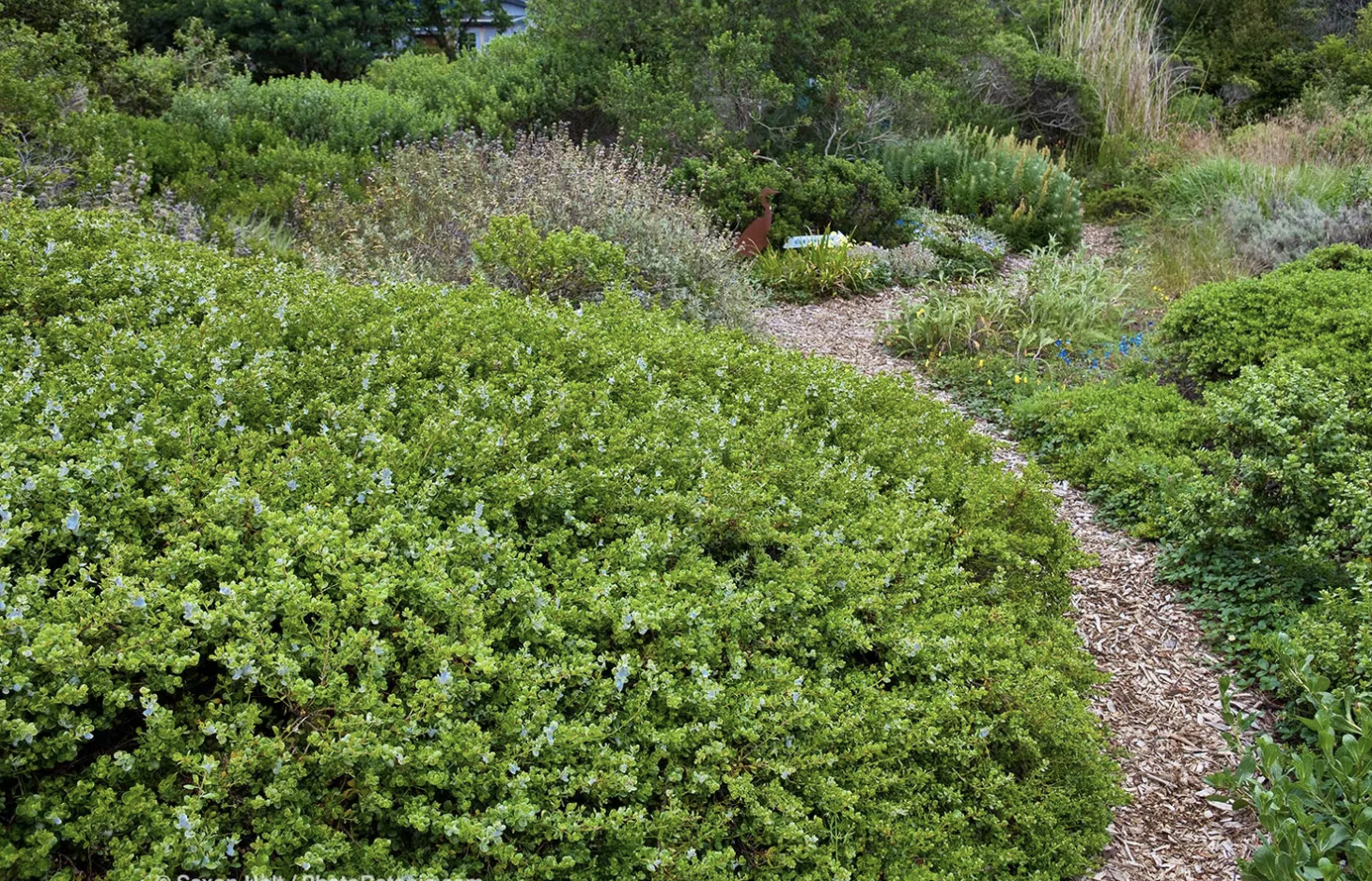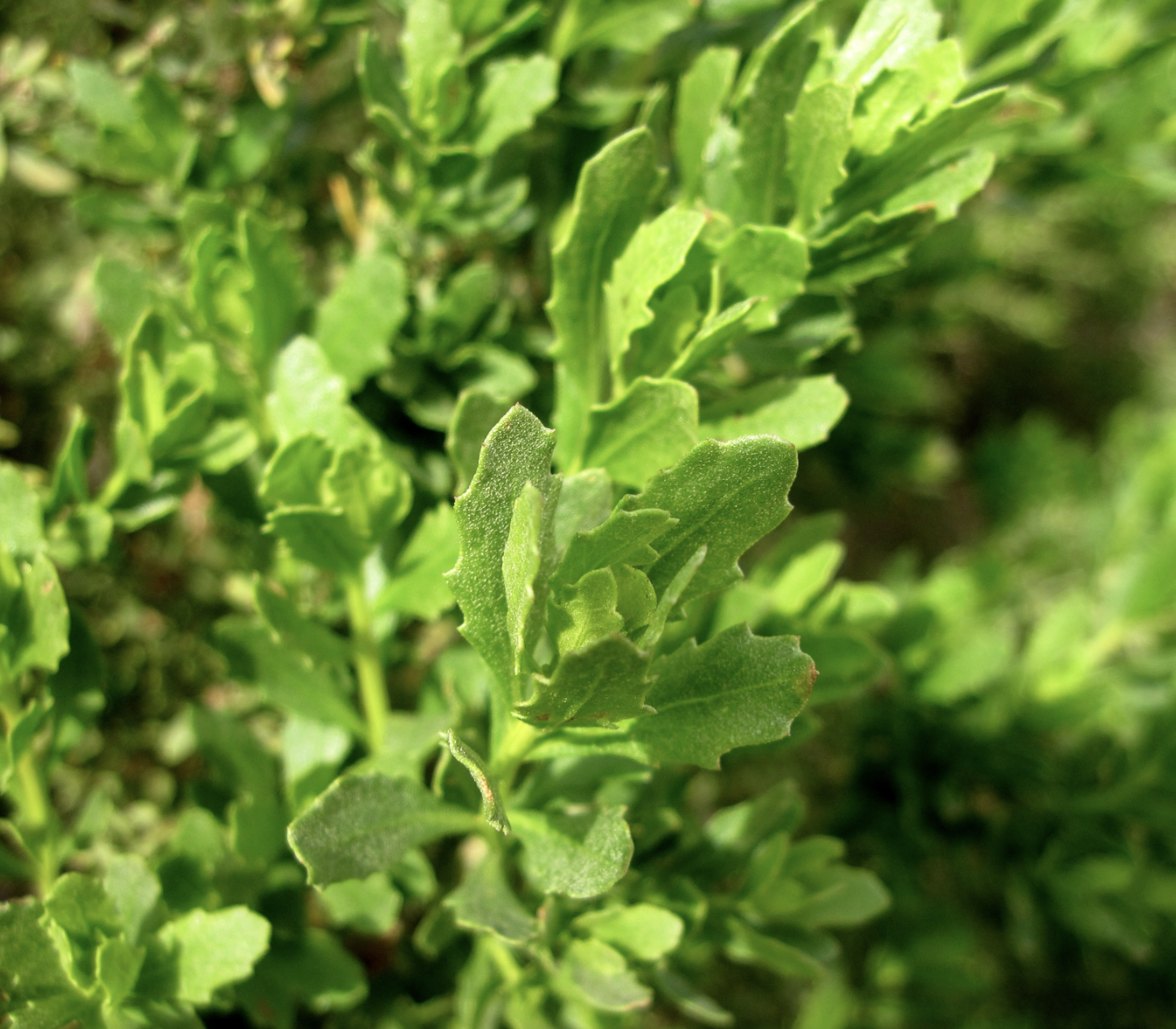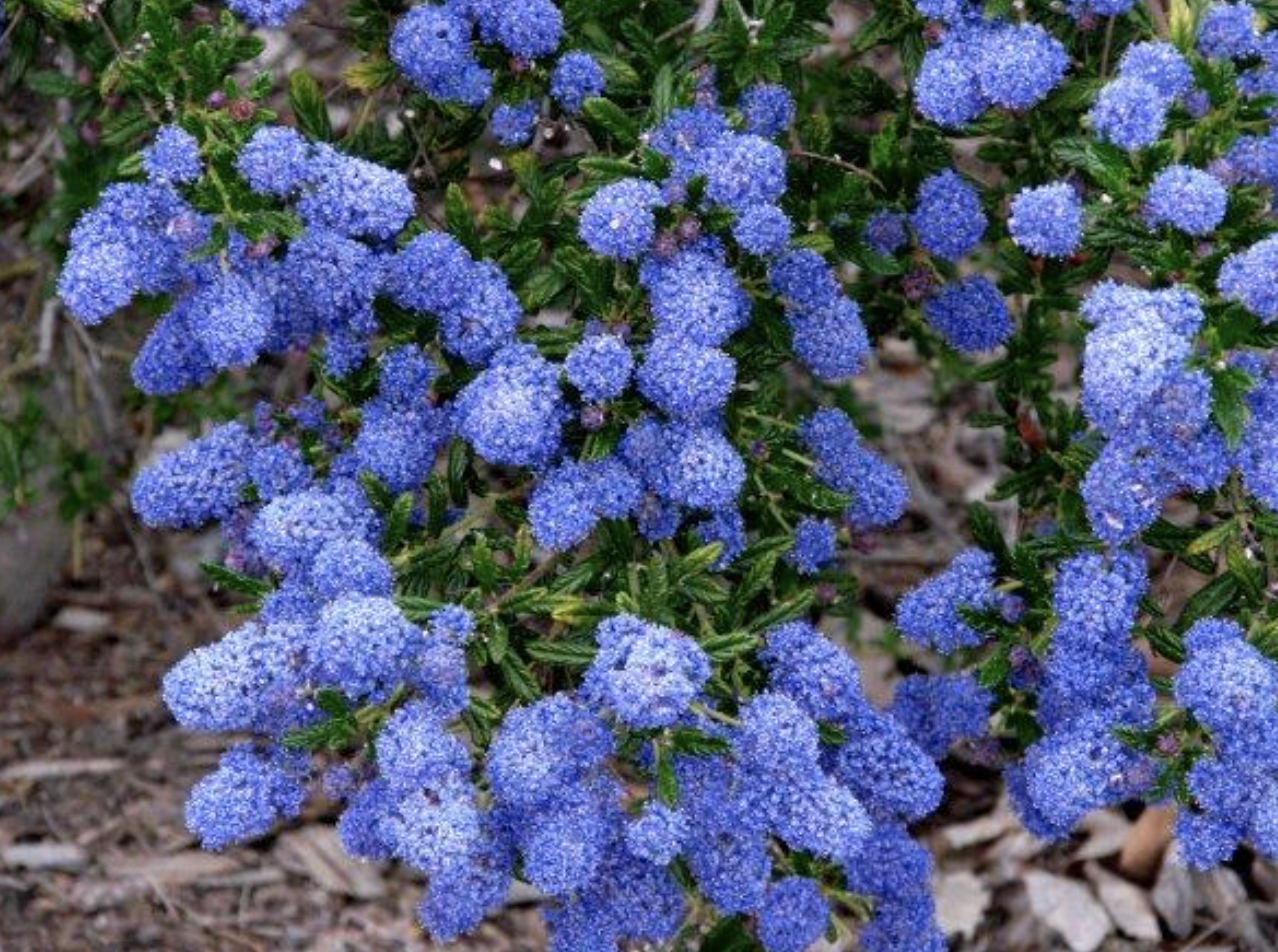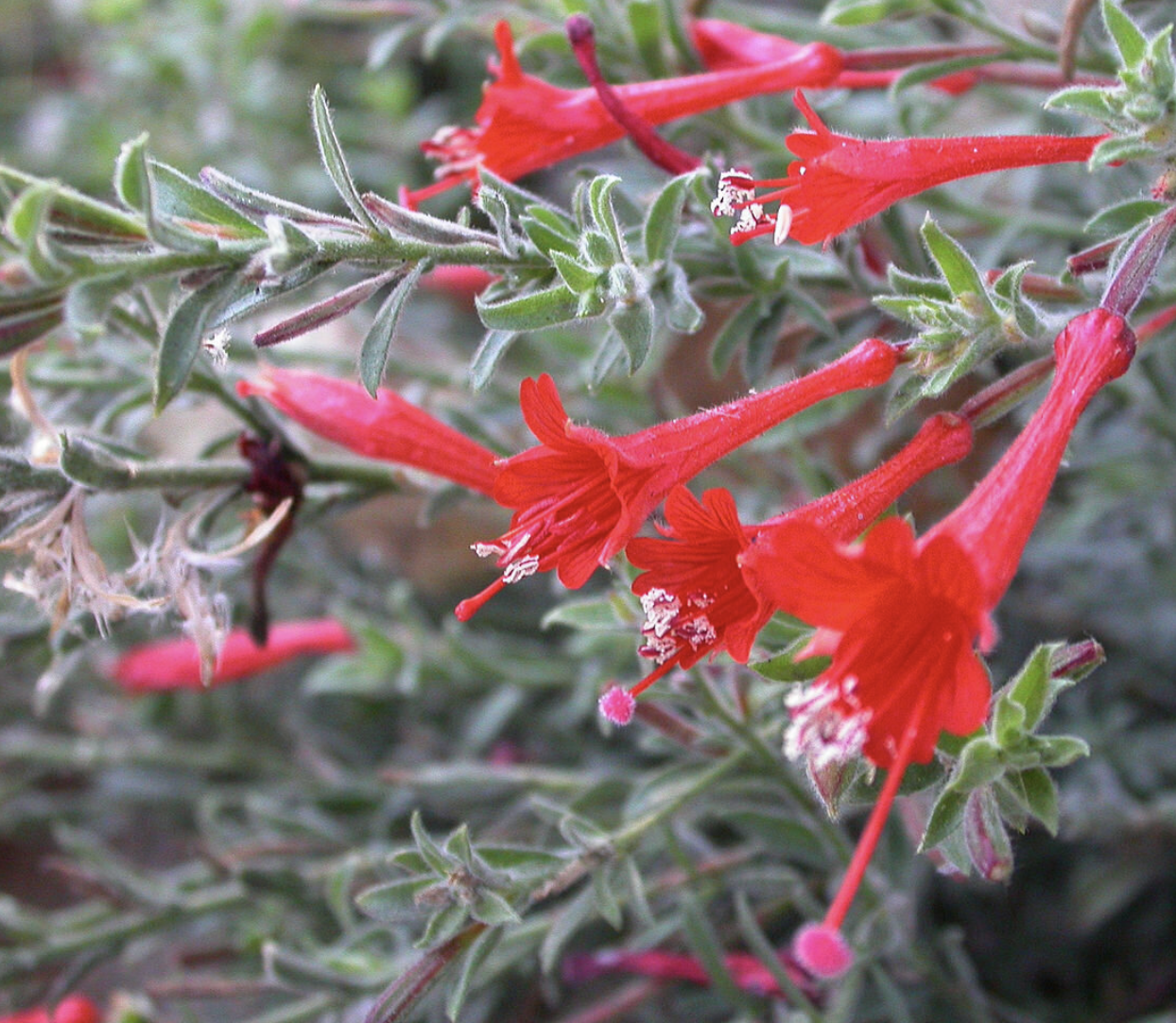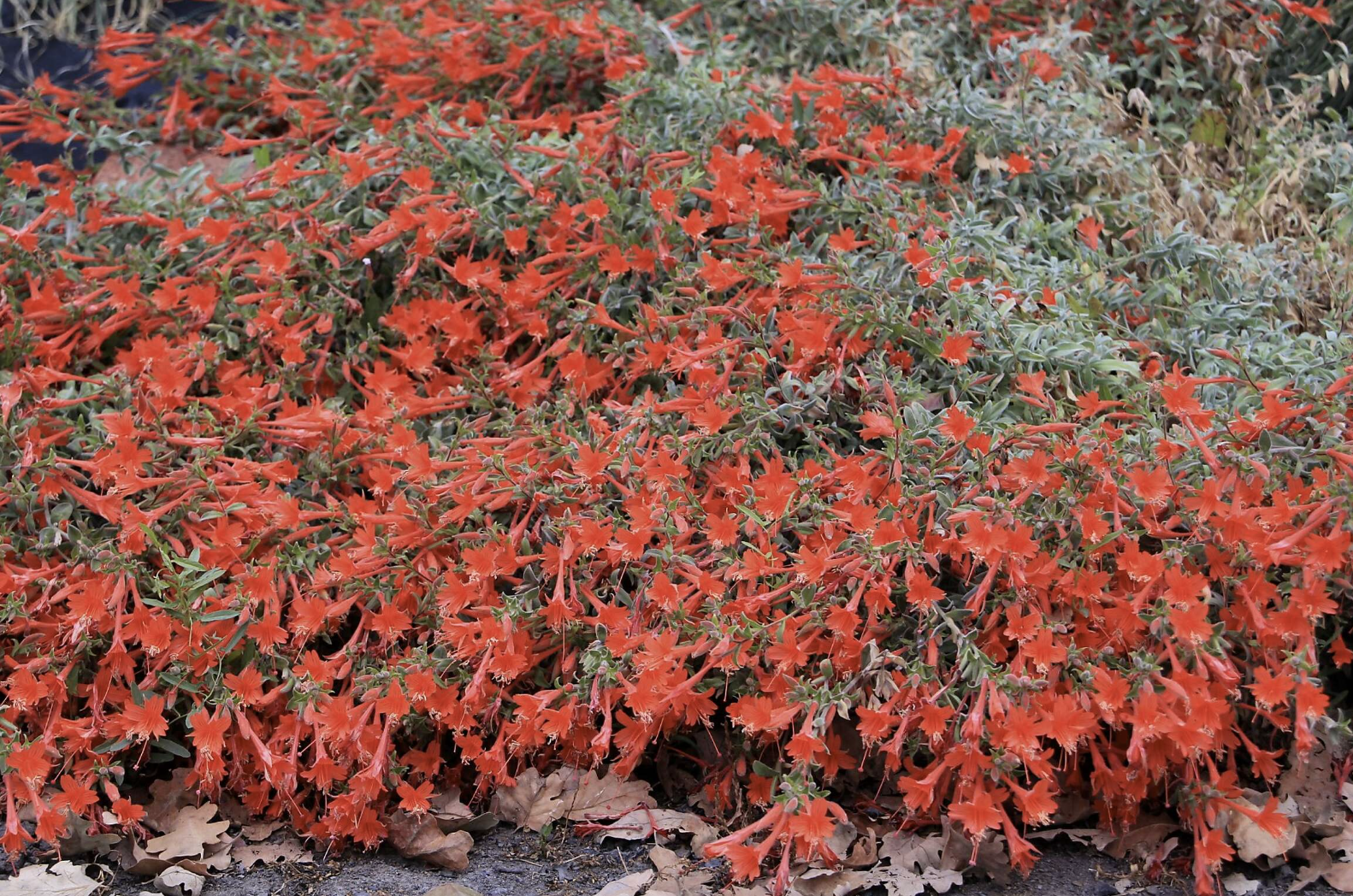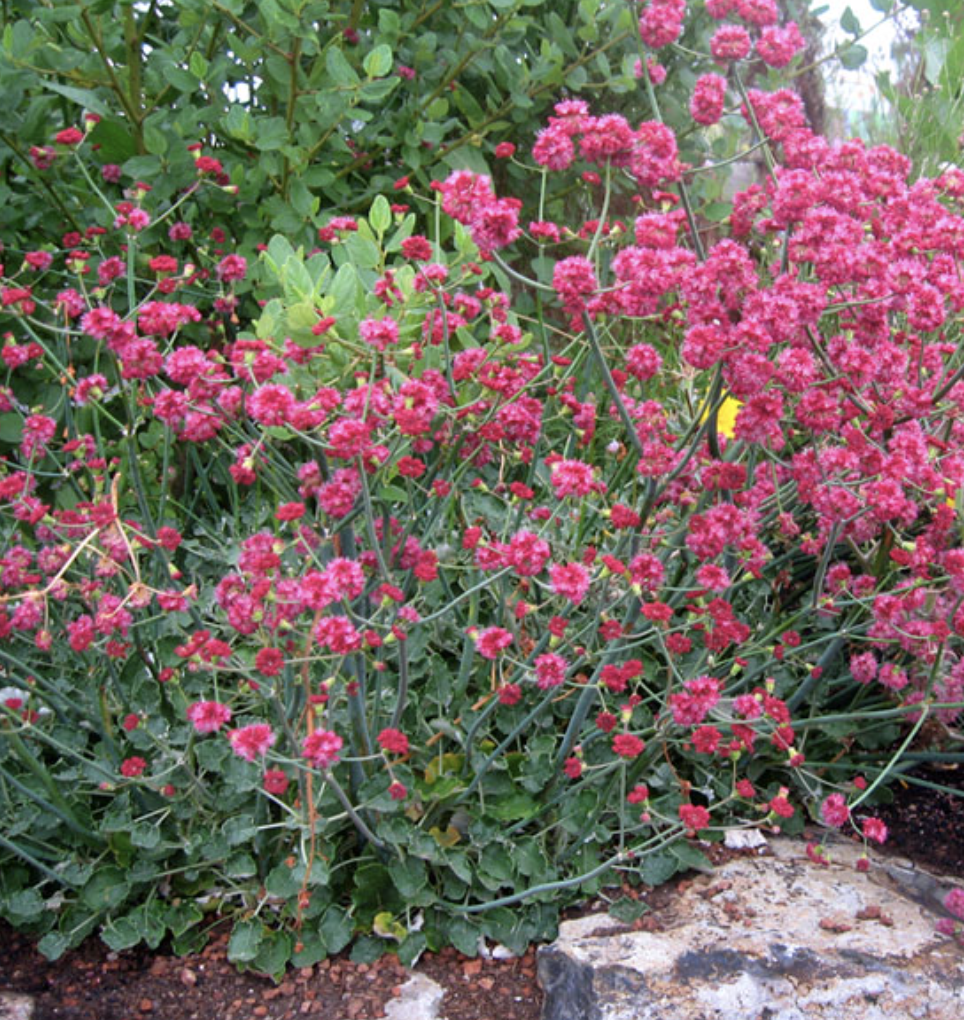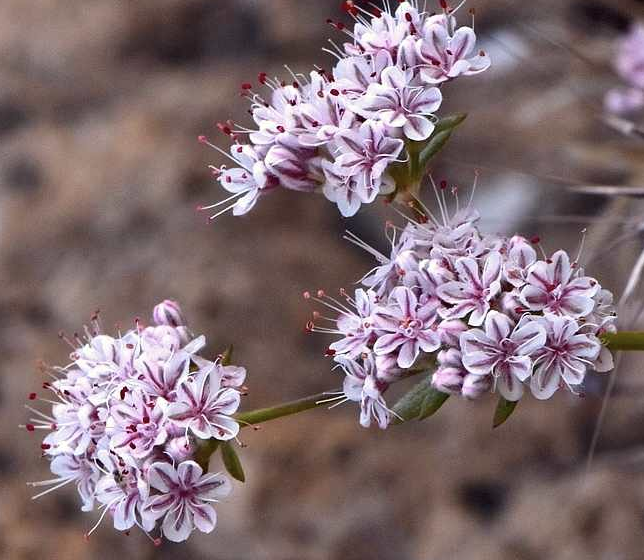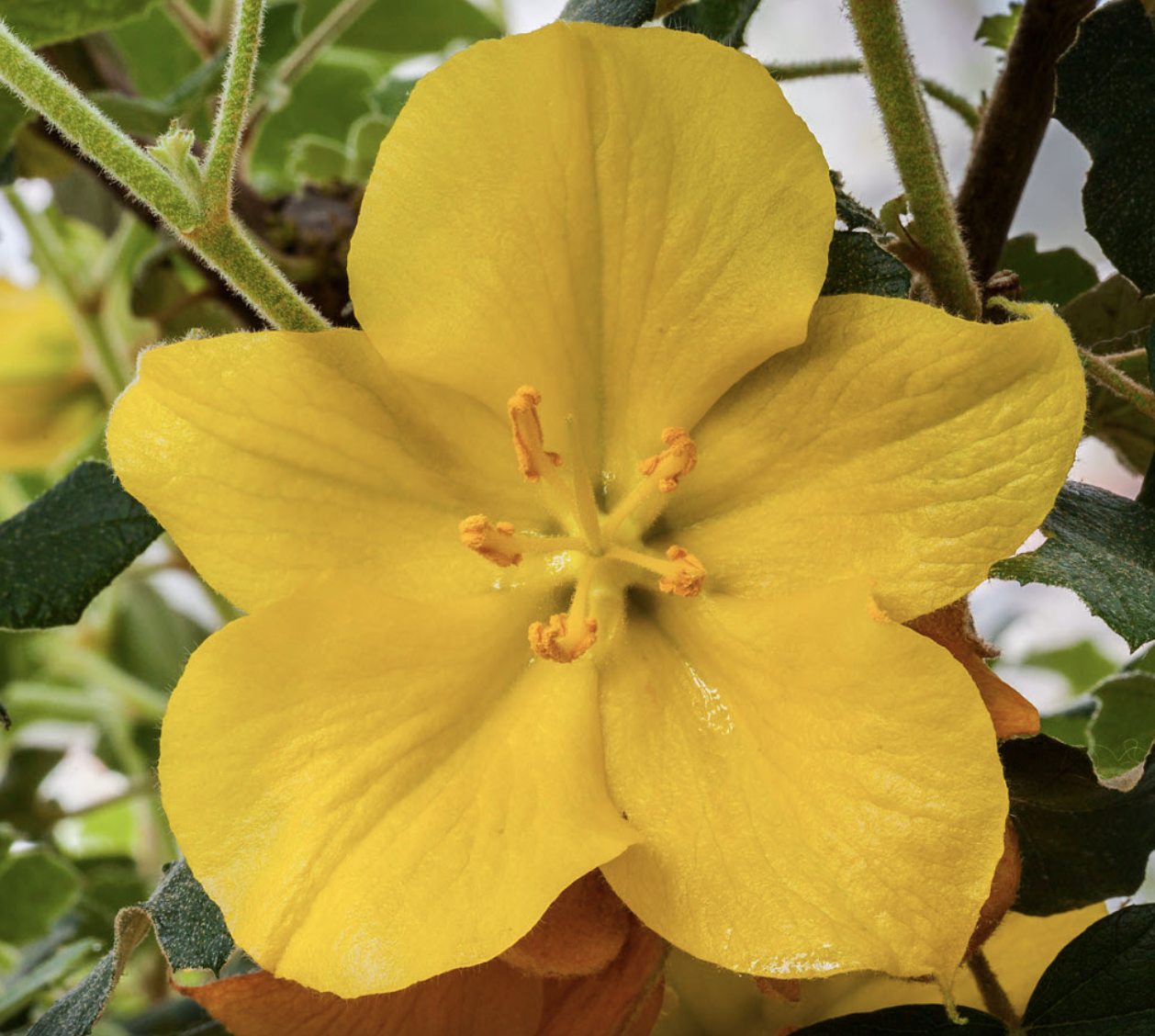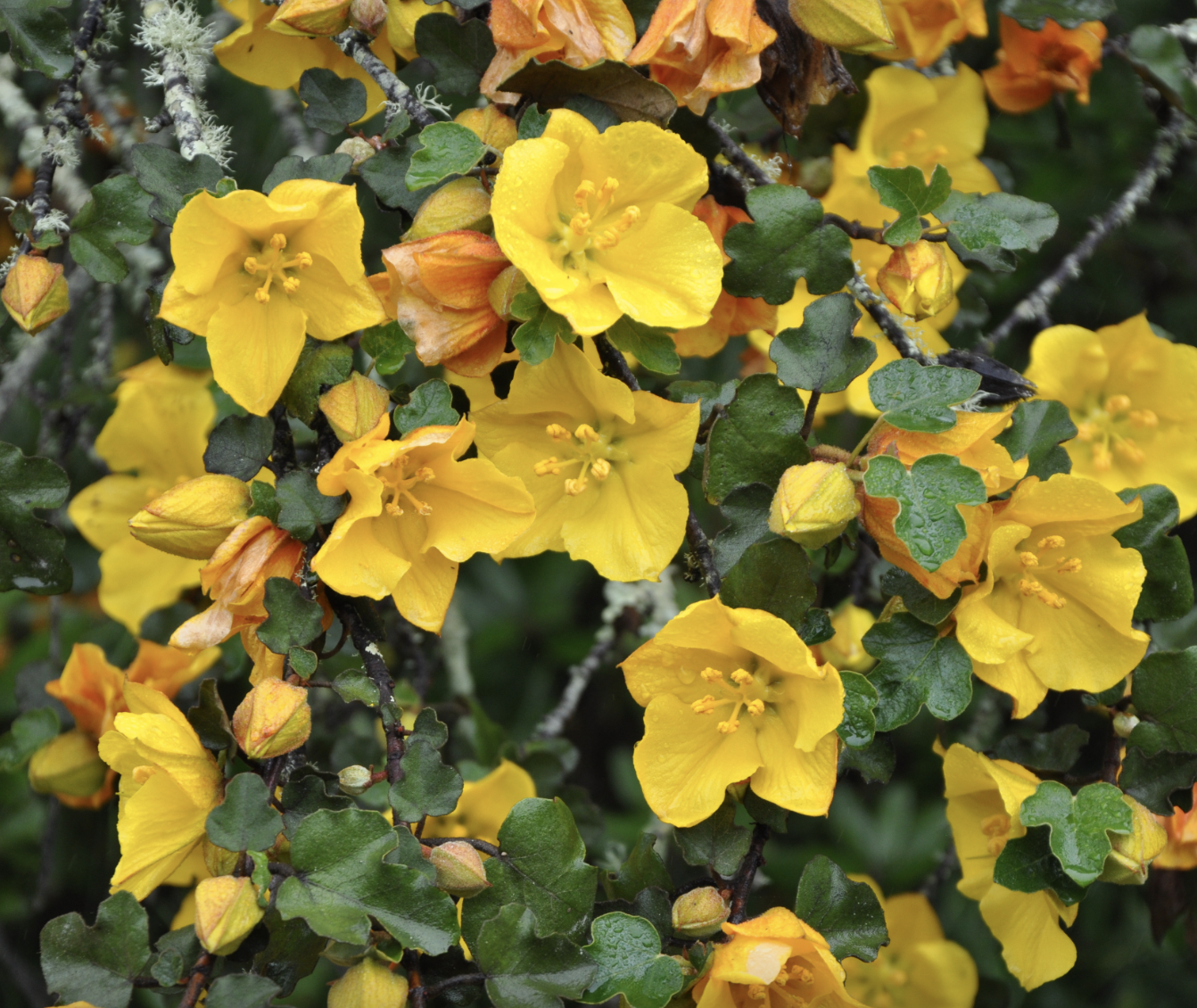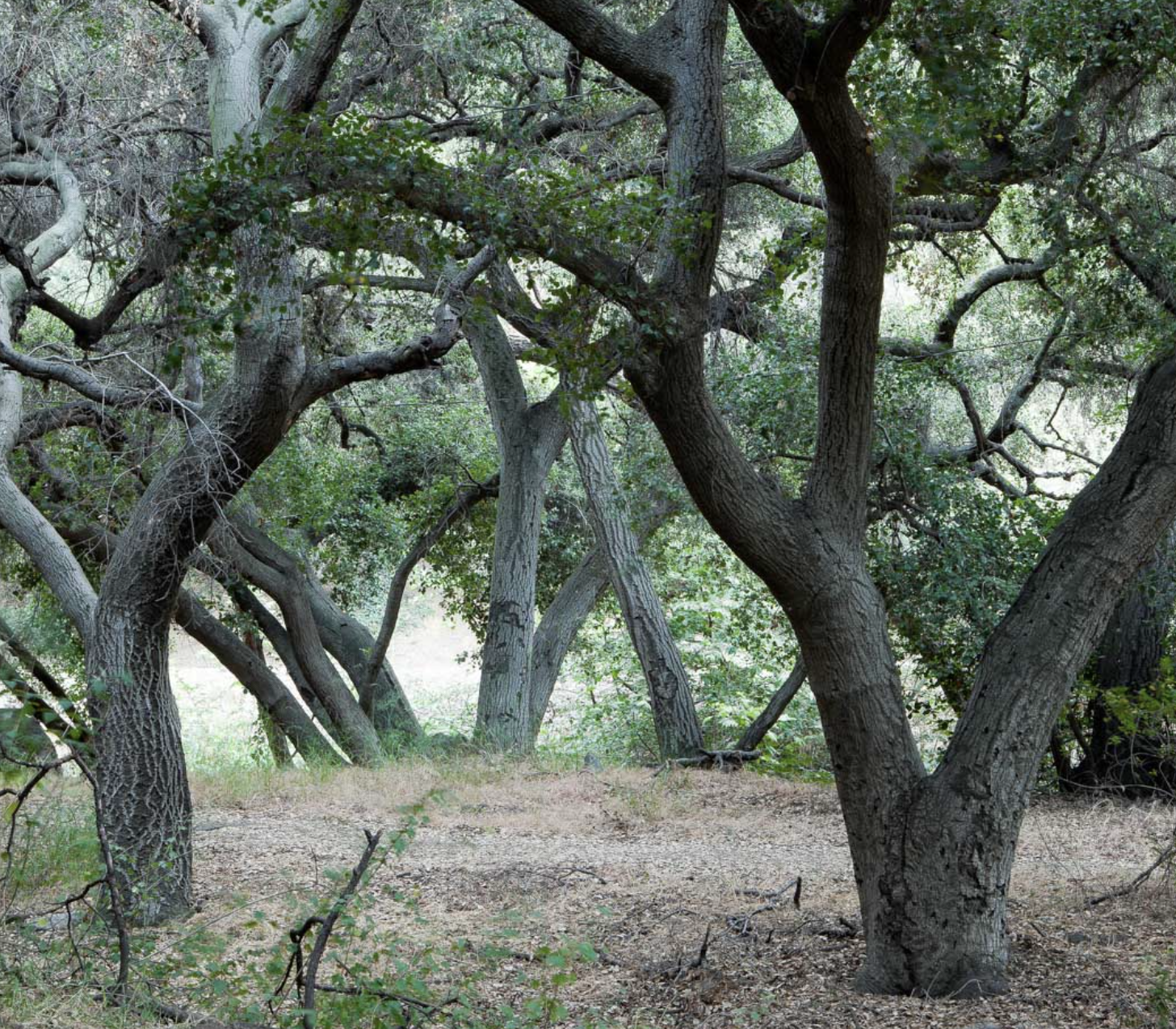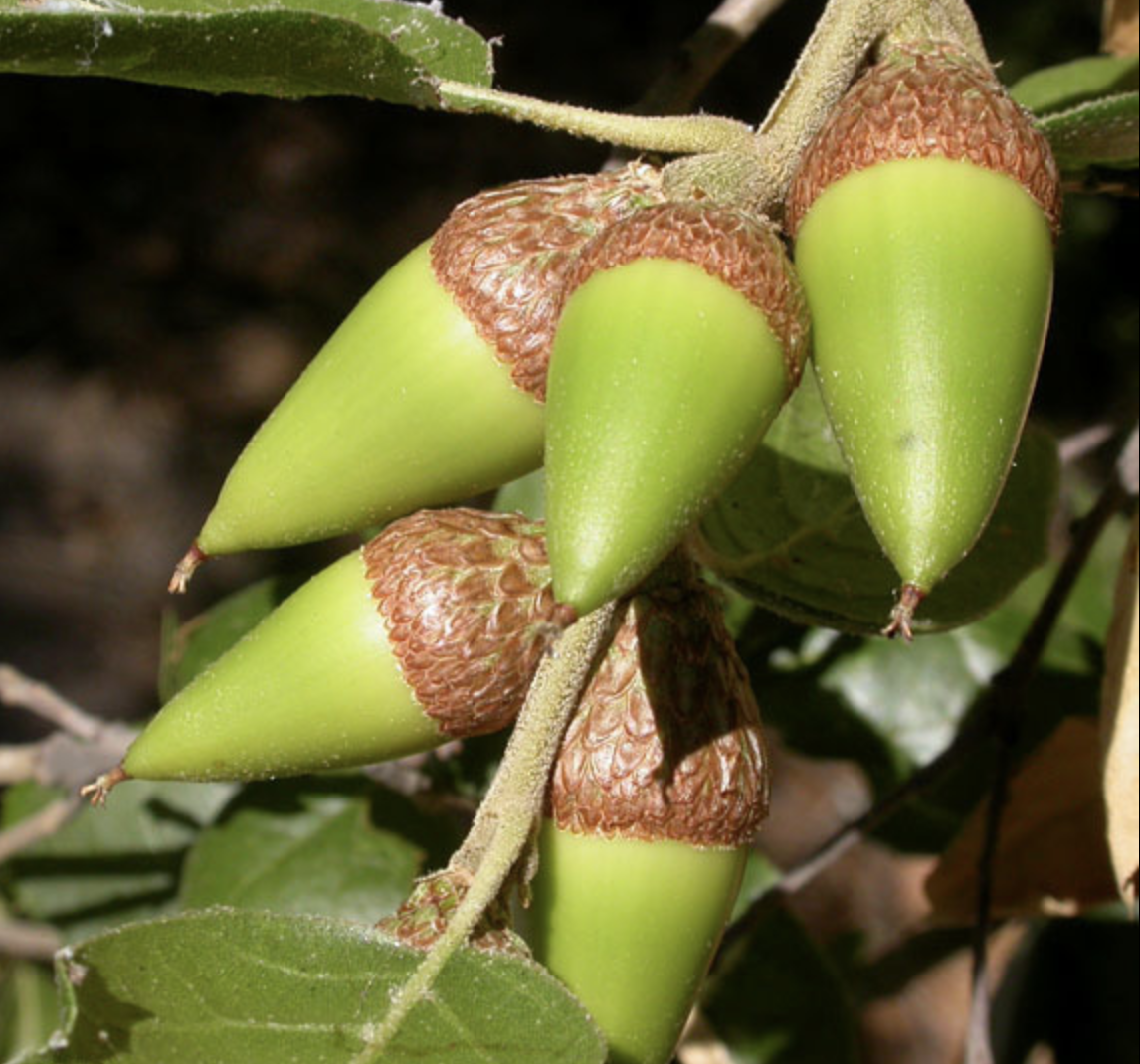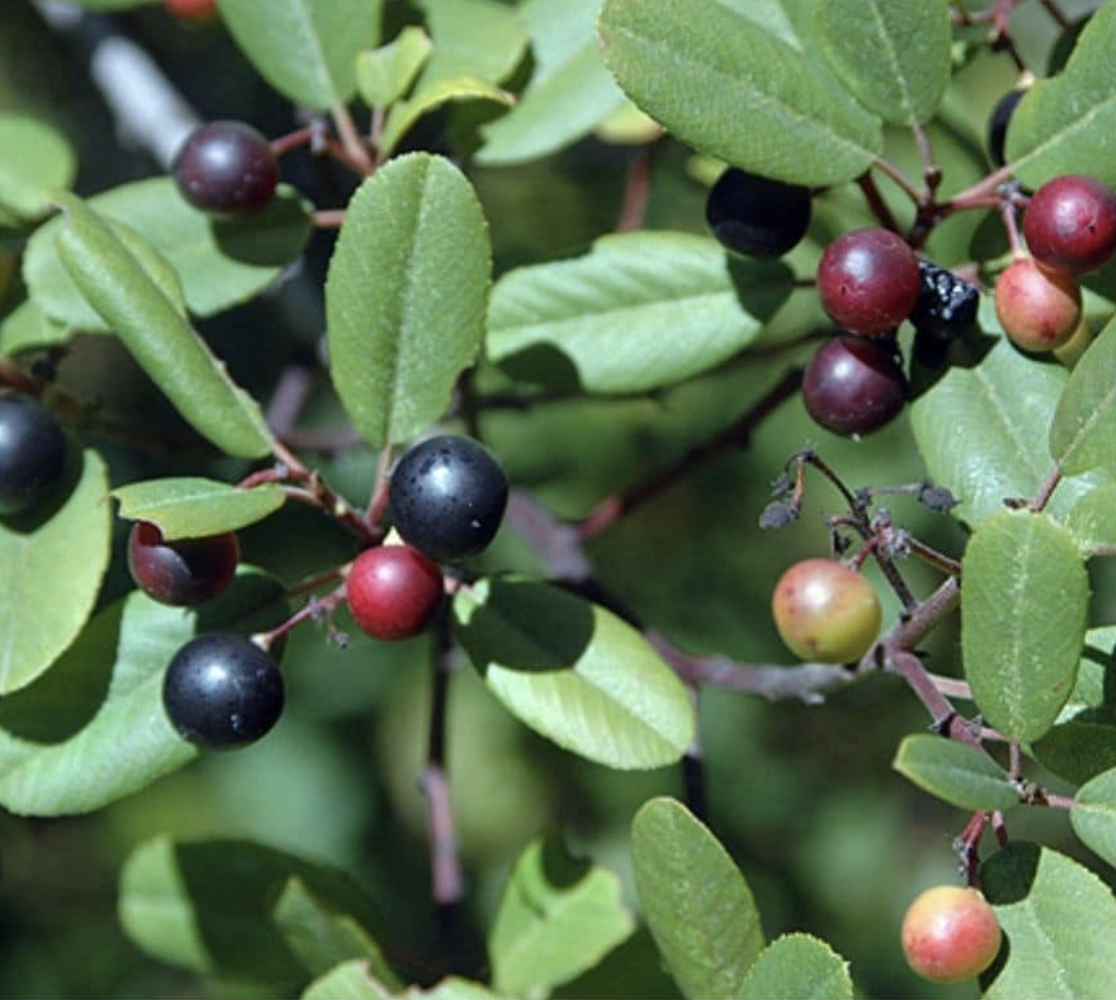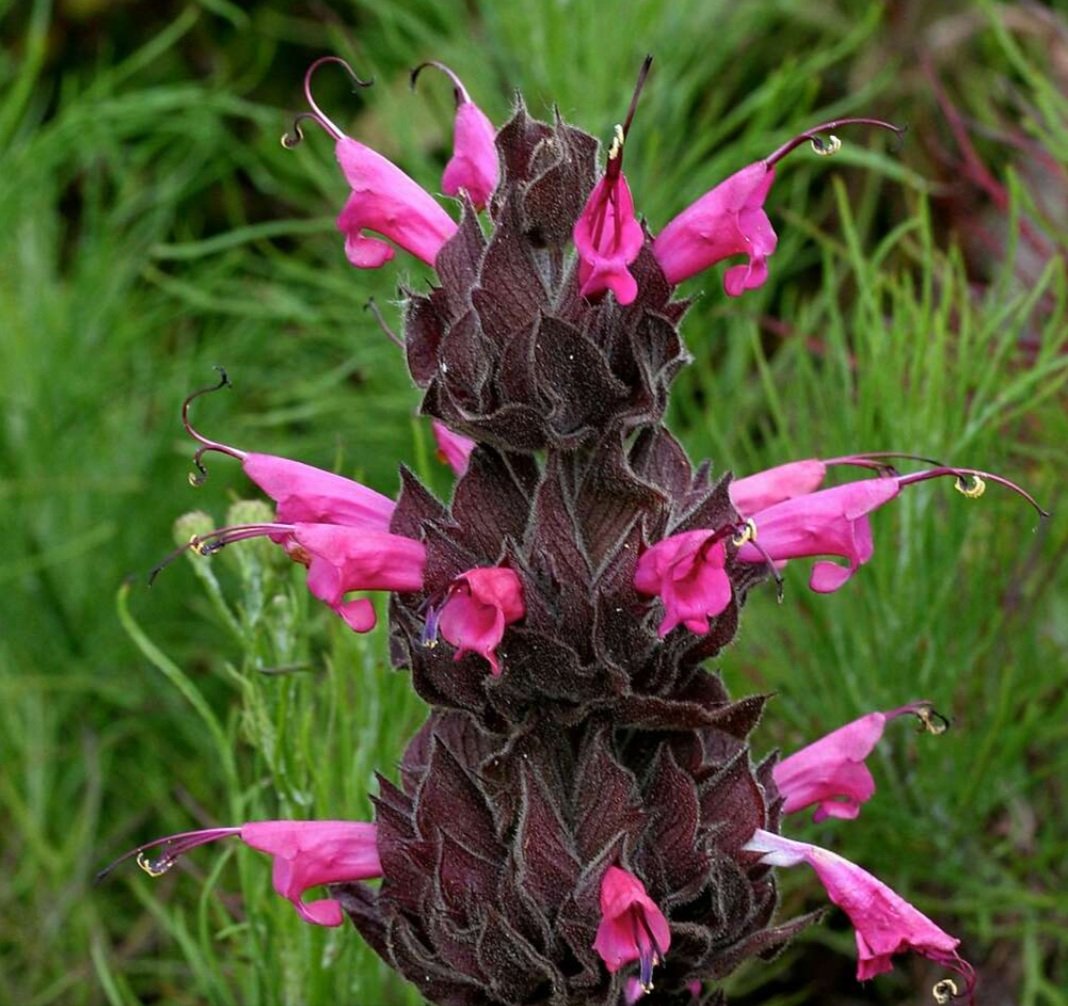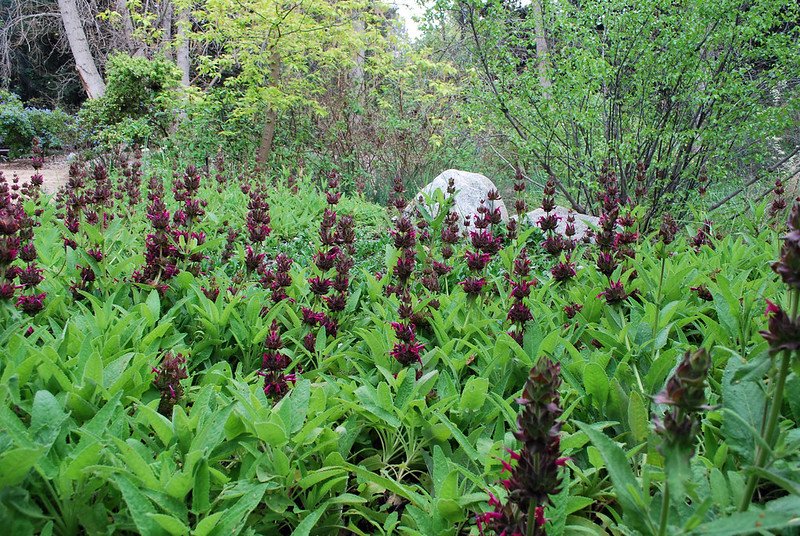Top 10 Native Plants for the Xeric Garden
By Josh
Creating habitat for wildlife is an important component of garden design. Wildlife doesn’t have to include deer and mountain lions! Birds and beneficial insects are important wildlife that are part of the natural ecology of a place, and it is easy to create habitat gardens by incorporating native plants that are attractive to them. You can opt for a garden that is made up entirely of native plants, or you can include only a few native plants in a garden. Either way, you are helping out the local bird and insect population.
Here are some of our favorite native plants for gardening with minimal water needs:
Achillea - The yarrows come in many colors from white through yellow, pink and red, but the ones that are native to California are usually white or pink. They are great for adding soft color to the garden and are magnets for native pollinators. Blooming from mid-spring through the end of summer into early autumn, their flat flower heads are perfect landing pads for all sorts of bees, butterflies and other nectar lovers. Like many of our favorite native plants, Achillea does well in poor soil, as long as it is reasonably draining. There are many species of yarrow found in North America and Europe, but Achillea millefolium is our native species that is most commonly grown in gardens. Its feathery leaves are attractive even when it isn’t flowering in early spring. Yarrows are great for using in meadows with other native perennials and grasses, or to add some soft edges around otherwise spiny cacti and succulents.
Aesculus californica - The California buckeye is a large shrub or small tree that loses its leaves during the heat of summer, leaving its dramatic silvery trunk and branches uncovered for your admiration. The leaves begin to emerge during the winter, and change over several months from chartreuse to dark green. It tends to have a broad crown and has showy, fragrant spikes of cream colored flowers in late spring or summer. Shortly after flowering, its leaves begin to change color again, to yellow or tan, before drying up and eventually dropping off. Summer dormancy is the buckeye’s way of passing time during the driest period of year. This is followed by the showy seed pods in the autumn. These pods split open during the winter, spilling large shiny seeds that look like they have been dipped in varnish. The California buckeye is a California endemic, meaning that it is native to California and nowhere else!
Arctostaphylos - The manzanitas are popular for their beautiful red bark and cheery, urn-like flowers. Their leaves come in a variety of colors, ranging from gray to sage to glossy green. new growth is sometimes orange or red, adding even more interest. The small flowers are produced in pretty clusters, usually white or light pink, from winter until spring, and are magnets for hummingbirds and many other pollinators. They are followed by berries that are loved by many different birds. There are dozens of species and cultivars that range from ground covers to small trees, so they are easy to incorporate into almost any landscape. Along the Pacific coast, these plants are found from sea level near the shore to almost alpine conditions in the mountains. The taller varieties can be pruned so that their beautiful trunks are visible in the garden. The smooth bark ranges from bright red to deep mahogany, and at certain times of year it exfoliates, producing a beautiful papery effect while the bark is peeling. Popular varieties include ‘Baby Bear’ (pink flowers), ‘Emerald Carpet’, ‘Pacific Mist’, ‘Howard McMinn’, ‘Dr. Hurd’ (one of the tallest), ‘Carmel Sur’ and ‘Monterey Carpet’. These plants are especially adapted to our dry summer climate and hate summer irrigation in the garden.
Baccaris - Coyote bush isn’t showy, but it is loved by native birds and insects, and makes a great background shrub behind showier plants. ‘Pigeon Point’ is a great ground cover, growing about about 2 feet tall and up to 10 feet wide! Interestingly, it is a male clone, so it does not produce the puffy seed heads that are seen on female plants. Otherwise, Baccaris usually grows into a shrub up to 8 feet tall and 6 feet across, more or less. They are great plants to create habitat for many native insects and birds, and provide green structure even in the middle of the dry summer weather, when many other native plants are dormant. They are very useful for creating a privacy hedge, either by themselves or mixed with other natives, like toyon, Ceanothus, Arctostaphylos and Rhamnus. They flower in the autumn, with male and female flowers on different plants. The female flowers produce copious amounts of fluffy seeds, which cover the plants like snow until the wind carries them off. This plant is referred to as a ‘pioneer plant’ because it is one of the first plants to sprout on disturbed soil and reclaim it. As it grows, it creates shelter for wildlife and for young plants, such as oaks, that cannot take full sun until they are larger.
Ceanothus - Also known as California lilacs, there are many species and cultivars of these great shrubs that are native to North America, especially the western states. They bloom starting in March and some continue through the summer. Flower color ranges from white through various shades of blue and blue-violet. Ceanothus range from ground covers less than a foot tall to small trees almost 20 feet tall. Popular Ceanothus include ‘Dark Star’, ‘Julia Phelps’, ‘Joyce Coulter’, ‘Ray Hartman’ (one of the tallest), ‘Carmel Creeper’ and others. ‘Diamond Heights’ is a beautifully variegated form that grows as a ground cover. All of these plants live much longer if they are not watered at all in the summer months once they are established. Their blooms are fragrant and attract all sorts of pollinators. They are also the host plants for the caterpillars of many native butterflies and moths. We have paired these plants with other natives as well as exotic succulents to create wildlife-friendly gardens. Their large clusters of flowers attract pollinators from far and wide, and birds are also drawn to them. If you choose carefully, you can select varieties so that you will have at least one of them in bloom during every month from March to July!
Epilobium - The California fuchsias are low growing plants with flowers that range from pale pink to orange and red. Their fine leaves are usually grayish green or even blue-gray. These plants spread by underground stolons, but are not invasive at all! There are several species, and they are all loved by pollinators and are hummingbird magnets. They like full sun and bloom in late summer and autumn when many other plants have finished flowering. This is one of our favorite plants to use in hell strips, that thin band of nothingness that exists between the sidewalk and the curb. Combined with Achillea, California poppies, succulents and bunch grasses, these plants create an appealing bit of nature that needs no summer water!
Eriogonum - The native buckwheats range through so many habitats in California, from sea level to the highest parts of the Sierra Nevada. Their flowers tend to be pastel and not particularly showy, but they are irresistible to many native pollinators. They bloom from spring into fall. If left on the stem, the flowers often turn a beautiful chocolate or rust color in the fall. Although they are delicate looking, with their rosettes of leaves and airy flower stems, these plants are tough as nails, usually requiring no summer water at all. Some of them aren’t even bothered by salt spray near the ocean! They are great companion plants with salvias and other native perennials, and can tolerate almost any type of soil. ‘Saint Catherine’s Lace’ is probably one of the best known, and one of the largest, while red buckwheat is much smaller but also very popular. Being drought adapted, these plants thrive on neglect, so remember, no summer watering!
Fremontodendron - The flannel bush has showy yellow to orange flowers. It usually grows upright, but there is at least one cultivar that grows low to the ground. Like Ceanothus, it is a fast-growing shrub that thrives on little summer water. In fact, summer watering is the easiest way to kill it! Although the wild-type plant can grow to 20 feet tall, there are cultivars that remain much smaller.
Quercus - The native oaks are beautiful trees that usually require very little water once established. They produce shade that shelters both people and other plants, and create amazing habitat for dozens of native butterflies, moths and birds. Scrub oaks are small trees, reaching 20 feet or so, but other species become huge over time. Make sure you plant the correct size tree for your property!
Rhamnus californica - The coffee berry is a great shrub that produces pretty red berries which are loved by birds, and deep green leaves that look great with other native shrubs. It is an evergreen shrub growing up to 15 feet tall. The flowers are tiny, but they produce wonderful berries that change color from red to black over several months. Birds love to feed on the berries. Coffee berry tolerates a wide variety of soil types, and does well in either full sun or part shade. Like most native plants, it prefers little to no summer water. And like coyote bush and Ceanothus, it makes a great fire resistant hedge.
And a bonus plant, because we couldn’t stop at 10!!!
Salvia spathacea - The hummingbird sage is a great native plant for dry shade. Unlike most sages, it tends to grow low and spread horizontally, making a ground cover that appeals to many native insects and, of course, hummingbirds! This fruity-scented Salvia blooms in March through May, and spreads by rhizomes to form a patch up to 6 feet across. This plant can grow in fairly heavy shade, which makes it very useful under oaks and other trees.
